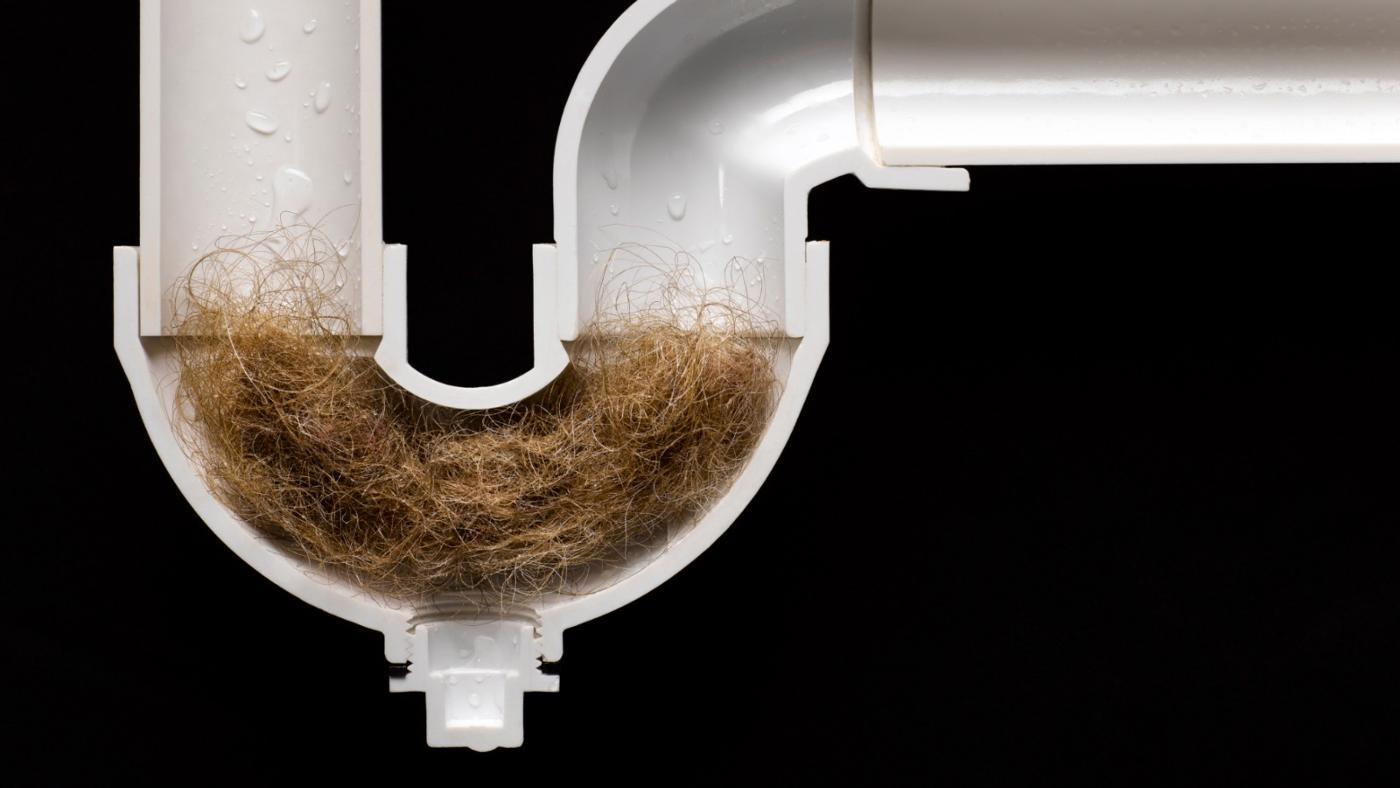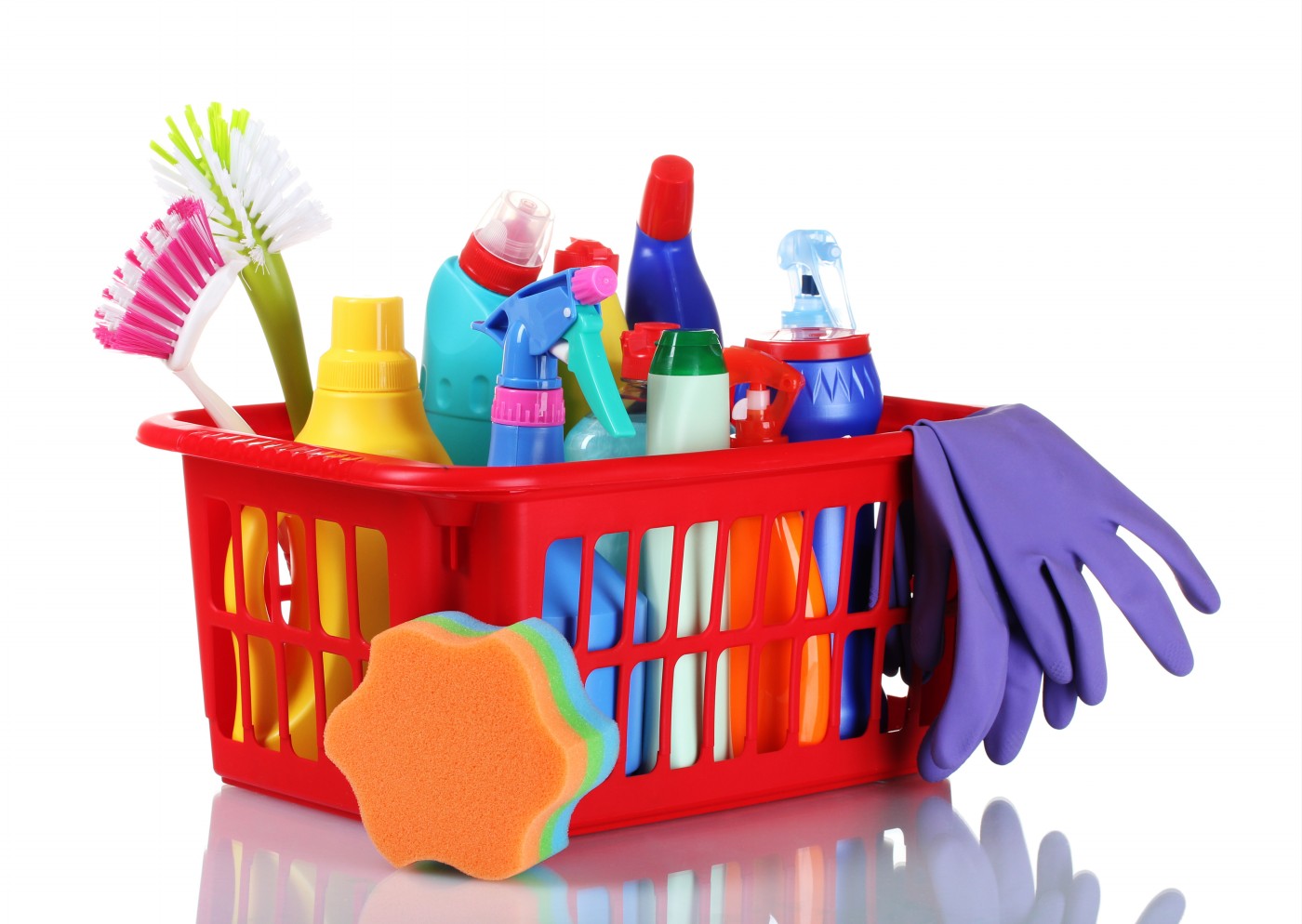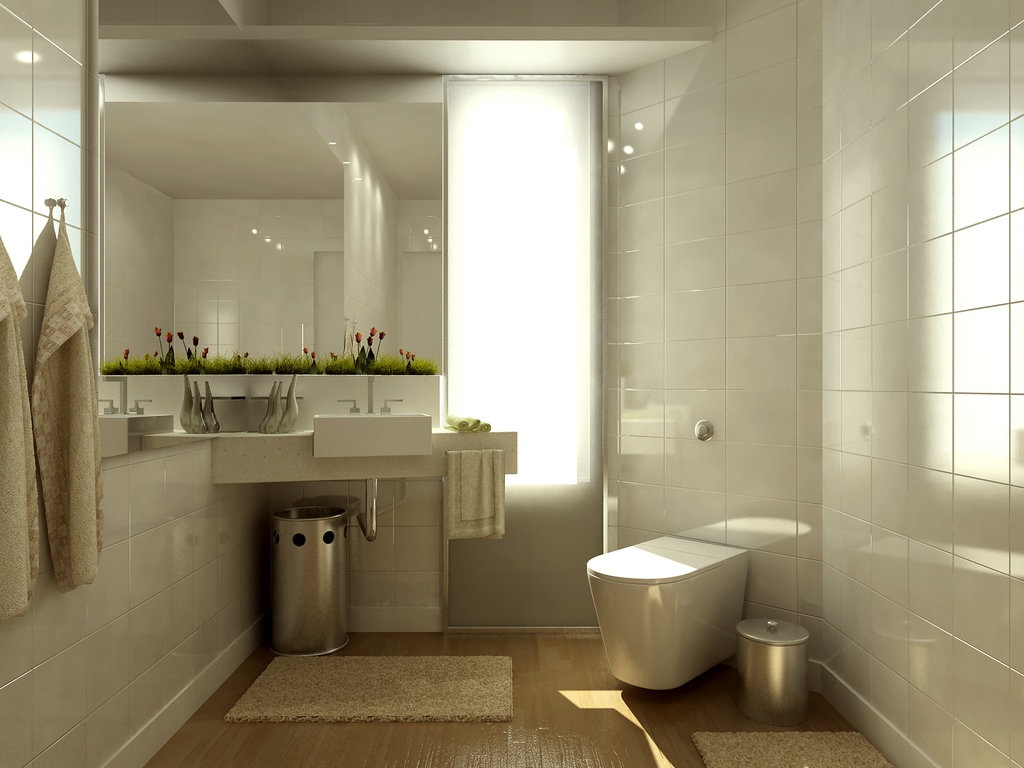A clogged toilet is a common but no less annoying problem. Like all troubles, it manifests itself when you are completely unprepared for it and there is nowhere to wait for help. Late in the evening or during a series of holidays that leave no chance for the help of the ZhEK, you have to decide on your own how to clean the toilet yourself if it is clogged. Consider the methods available at home, the principles of their action and methods of application.
Photo from the site http://goodhome.by/
Clogged toilet - what to do at home
Water that has ceased to drain from the toilet into the sewer, although it is not a disaster and quite allows for a delay in the fight against trouble, paralyzes household use in houses and apartments with one bathroom. There is no single correct way that can be called the most effective in such a situation.
The effectiveness of each method of self-cleaning the toilet bowl is determined both by the type of blockage, and its location, and the degree of intensity. First of all, you need to remain calm and follow a clear algorithm, which will result in an unhindered outflow of water from your apartment. Follow the following order of operations:
- Diagnosis of the type of blockage;
- Determining the location of the blockage;
- The choice of a method of struggle based on the type and location and its application;
- Preventive measures to prevent the recurrence of the situation.
What to do to diagnose a blockage in the toilet
Recognizing what exactly caused the clogging of the drain can be difficult. However, an accurate understanding of the nature of the obstacle helps to immediately choose an effective way to eliminate it and not waste time on ineffective measures. Different types of obstructions in pipes can appear abruptly or form gradually, accumulating and increasing over time.

Photo from the site http://prokommunikacii.ru/
Acute blockages in the toilet, as a rule, are removed mechanically using special tools or improvised means, which will be discussed below. Barriers that have suddenly appeared can be represented by objects whose size does not allow them to freely pass the bends of the drain channel. These can be intentionally or unintentionally washed textiles (rags, socks, etc.), foodstuffs, hygiene products or solid objects. By rummaging through memory, you can determine what exactly served as the primary source of the problem and decide which method to use to fix it.
Even if large-sized waste can be washed off once without disturbing the outflow of water, it can get stuck in the drain channel and, by accumulating deposits, cause a gradual blockage. And then the problem of what to do if the toilet is clogged can arise at the most unexpected moment.
The cause of long-term blockages is the accumulation of deposits on the inner walls of pipes or objects stuck in the cavity. The structure of deposits can be organic (hair, fat) or inorganic (mineral salts contained in water) nature. Chronic blockage is manifested by a sudden cessation of the outflow or its gradual difficulty, aggravated over time. In this case, you can clean the toilet at home mechanically or chemically, but the combined effect will be the most effective.
Determine the location before cleaning the toilet from blockage
The opinion that the location of the obstacle does not matter for its removal is fundamentally erroneous. A blockage located in a large-diameter pipe or at a considerable distance from the toilet is most likely not amenable to self-removal and will require the involvement of specialists from the housing office.
Initially, you need to determine whether the violation of the outflow affects only the toilet. Try draining the water in the bathroom, washbasin and kitchen sink - perhaps the pipes at the exit from the apartment are involved, and then you need to make efforts to solve the problem from the access point closest to it. If the existing difficulties cover all drain points, the blockage may be located outside your apartment, and attempts to fight on your own will definitely not be successful. Check with neighbors above you if they have similar problems. The blockage point can be localized by sequentially polling the inhabitants of the riser from top to bottom, thus choosing the closest access to the barrier in the pipe cavity.

If it is reliably established that the problem affects only your apartment or the toilet drain is isolated, the likelihood of success in self-elimination efforts is high enough, and it is worth moving directly to the fight.
What to do with a blockage in the toilet - home methods
Ways to eliminate obstacles in pipes, available at home, according to the principle of operation can be classified into mechanical and chemical. Each of them has its own point of application, but most often combined use is required, aimed not only at a momentary restoration of the outflow, but also a complete cleaning of the inner surface of the pipe.
If it is reliably known that the cause of the blockage is the ingress of large objects into the drain channel, the mechanical removal of the obstruction will be the method of choice, since chemicals are not able to effectively dissolve such obstructions. An apple, a rag or a lump of paper, accidentally or intentionally washed away, lends itself perfectly to this method of elimination and does not require the additional use of other means.
Chemical treatment is the preferred method for dealing with progressive blockages and relies on active chemical reactions to dissolve the substances causing the problem. It should be noted that deposits formed on objects stuck in the drain require a combined application of both methods. The object that served as the basis for the blockage is removed mechanically, and the narrowing of the lumen formed around it is eliminated by chemical action.
How to clean the toilet at home if it is clogged. Mechanical methods
Mechanical methods of influence are used quite widely, due to an extremely attractive combination of efficiency and affordable cost. In this group of fighting blockages, the following varieties should be distinguished:
- Direct cleaning by hand;
- Use of improvised means;
- The use of a plunger;
- Using a plumbing cable.
Manual cleaning is acceptable in cases where the obstruction is located no further than the siphon. As a rule, these are acute blockages caused by attempts to flush waste or debris into the sewer. Armed with high household gloves, a basin or a bucket for folding the extracted items, you can get down to business. Water from the toilet must be scooped out to the lowest possible level, and the drain channel should be examined by hand. Soft objects, such as rags or washcloths, are easily removed with your fingers, while hard ones are best pry off with a bent wire.
Improvised means suitable for solving at home the question “how to clean the toilet if it is clogged?” are a plastic bottle and the so-called "doll". The principle of their operation is based on the creation of a water hammer that pushes an obstacle into a pipe of a larger diameter. A bottle that is the size of a toilet outlet should be cut off at the bottom. Having twisted the cork tightly, the bottle is slowly immersed in water until air resistance is felt. Then, with a sharp movement, the bottle is pressed into the toilet, and just as sharply pulled back. The manipulation is repeated several times until the result is achieved.
A product of folk ingenuity, the “doll” is rags wound in the form of a tip on a stick or mop. The size of the "doll" should be correlated with the diameter of the outlet, and the further operation algorithm corresponds to that described for a plastic bottle. The created water hammer has sufficient force to displace the obstacle and gradually push it into the general sewer system.
When deciding how to clean the toilet with a plunger if it is clogged, it should be borne in mind that the diameter of the rubber part of this tool must be larger than the outlet, which will effectively create a vacuum and subsequent water hammer that breaks through the blockage. You can increase the effectiveness of the manipulations performed by the plunger by closing the drain and overflow opening of the bathtub, washbasin and kitchen sink.
If the outflow of water is difficult throughout the apartment, it is worth repeating the punching with a plunger at all drain points, closing the toilet with a lid and fixing it with a heavy object.
If there is a plumbing cable in the arsenal of available tools, then the blockage problem can be considered solved. Knowing how to clean the toilet with a cable, this work will not be difficult. The flexible metal sewer cable has a pointed spiral tip that can penetrate even hard lime deposits and a comfortable handle that gives rotation to the progressively advanced tool. It is more convenient to perform these manipulations together, so that one person performs pushing movements, and the other rotational. After the blockage is broken and the water begins to flow out, it is necessary to make several movements back and forth, breaking the deposits formed on the inner walls.
Complete cleaning of the pipe surface is not the task of a plumbing cable, therefore, after eliminating the blockage, it is worth fixing the achieved effect using chemically active compounds.
How to clean a blockage in the toilet with chemicals
Dedicated clog-fighting chemicals are available from both industrial and home-made products. Regardless of which product is used, care must be taken to protect hands from aggressive exposure that can cause severe burns.
The easiest way to dissolve the blockage is to use boiling water, under the influence of which the fats contained in organic substances pass from a solid to a liquid state, the cork softens and moves through the sewer system. This method is not suitable for inorganic dense blockages, and has very limited effectiveness.
The chemical reaction of alkali and acid is widely used in removing blockages. Handy tools for creating such a reaction are baking soda and vinegar, available on the shelves of most kitchens. Before starting work, water from the toilet scoops out in a convenient way to a minimum level to create a sufficient concentration of the solution in the sewer clearance. A pack of baking soda is poured into the toilet, after which it is necessary to pause for 15 minutes, which is necessary for the alkali to settle on the surface of the blockage. Then 200 ml of 9% vinegar is poured into the toilet, and the carbon dioxide released as a result of the neutralization reaction breaks the blockage into smaller pieces that can pass through the pipe lumen. If the double repetition of the manipulation did not bring results, it is worth resorting to other methods.
Recommendations for the use of active acids, such as hydrochloric acid, to combat blockages should be treated with caution. Despite the pronounced and rapid effect, such acids irreversibly destroy the joints of modern pipes and are suitable as a means of removing blockages in the toilet, only with a completely cast-iron sewer system.

The chemical industry offers ready-made compounds, which are weak solutions of acids, to remove obstructions in drain systems. Many manufacturers and forms of release (granules, powders, liquids and gels) allow you to choose the best tool, the use of which gives a good result if you strictly follow the manufacturer's recommendations.

What can I do to keep the toilet from getting clogged? Regularly carried out preventive measures allow you to protect yourself from the stress associated with the occurrence of blockages. To do this, it is enough to ensure that no foreign objects enter the sewer system. You should not flush garbage, conservation and hygiene items down the toilet, even if at the moment this is the most convenient way to dispose of them. Subsequent measures to eliminate the blockage will take much more time and effort. At least once every three months, it is necessary to carry out the prevention of blockages with chemical agents, and then the plunger and plumbing cable will remain useless tools for you, gathering dust on the far shelves of the pantry.
However, despite the fact that now it is known exactly how to clean the toilet at home if it is clogged, save your nerves and do not flush foreign objects down the drain!



